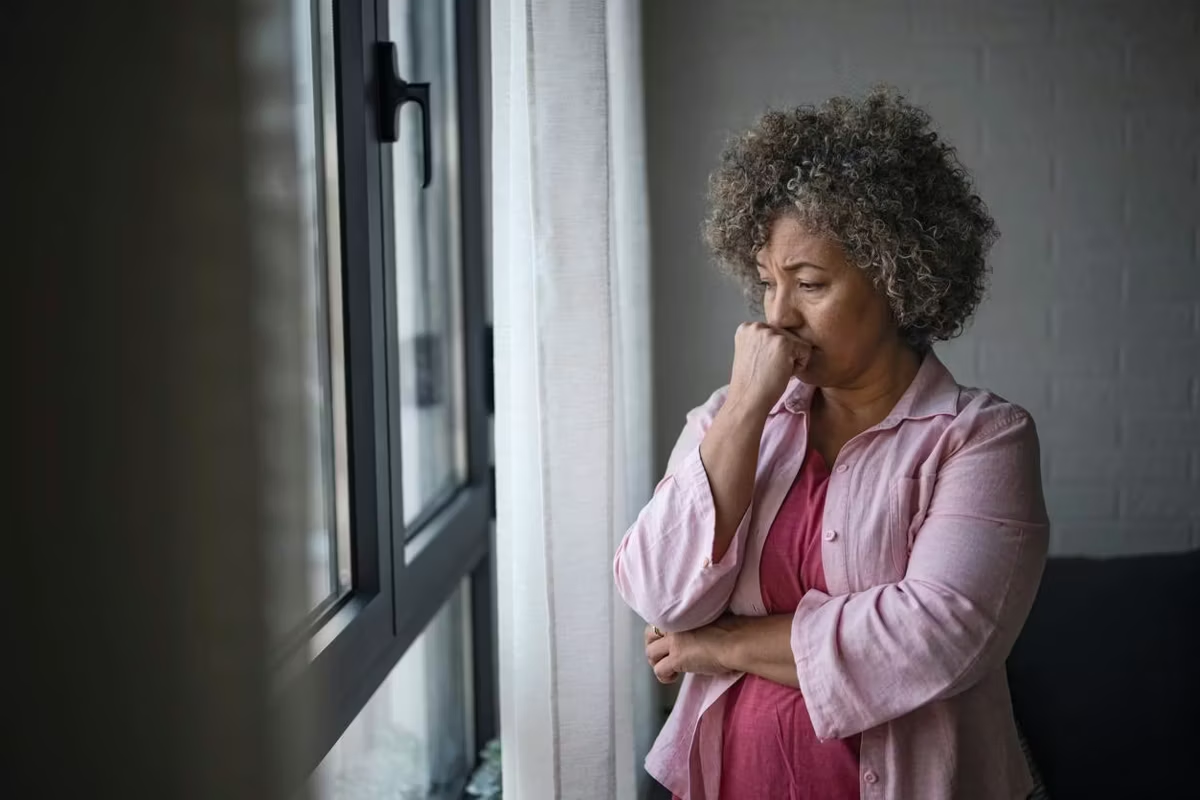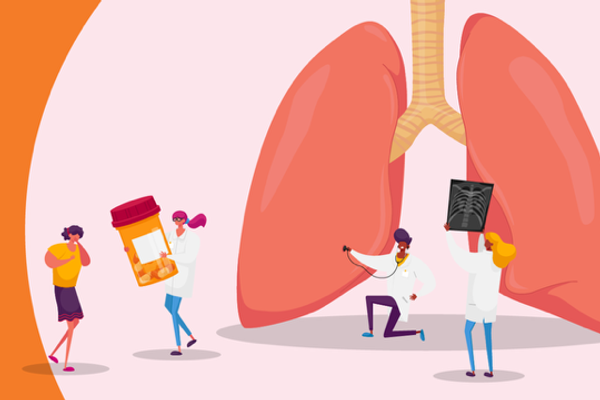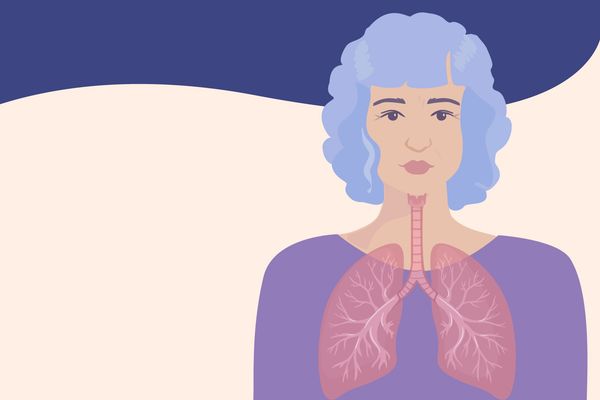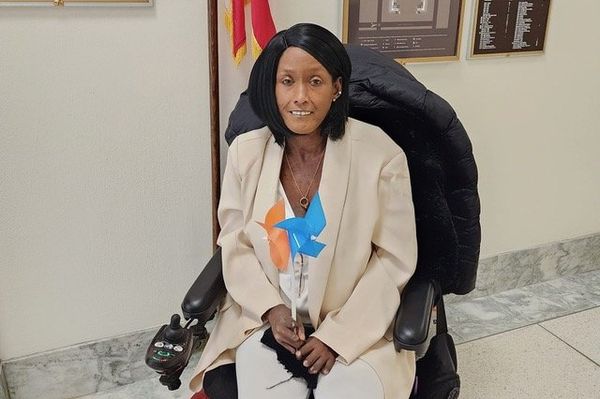November is COPD Awareness Month.
At 39, Cyndy Ruess went to the hospital after having trouble breathing. Breathing problems weren’t new for Ruess — she’d had asthma as a child — and her biggest concern at the time was figuring out when she’d be able to get back to work.
A healthcare provider (HCP) gave Ruess more serious news. She might not be able to return to work at all, and her breathing issues were more than just asthma. She had chronic obstructive pulmonary disease — COPD — a condition caused by damage to the lung or the airways. Chronic bronchitis and emphysema are among the most common types of COPD, and people living with the condition often have breathing troubles, a daily cough with mucus and wheezing.
Ruess said she felt guilty and ashamed. She was a smoker, and smoking is the leading cause of COPD, although 1 in 4 people with COPD have never smoked at all.
“The guilt and self-loathing added a bitter taste to the pill that was already hard to swallow,” Ruess said, noting that at one point her kids even told her she was to blame for her condition. “It was the kick in the gut I didn’t expect, but I felt like I deserved it.”
Fear of being judged often prevents patients from seeking care that could help their condition, and many develop mental health issues related to COPD. It’s estimated that up to 4 out of 10 people with COPD experience depression, creating another barrier to seeking help.
Reducing stigma through education
David Mannino, M.D., chief medical officer and co-founder of the COPD Foundation, said reducing stigma while also providing treatment is an important balance HCPs must find when treating patients. Like Ruess, people with COPD can feel a sense of stigma about their diagnoses because of the strong association with smoking. Mannino said he’s heard patients express that “they brought the disease on themselves” or that they “got what they deserved” because of their smoking habits.
“Similar to when a person is diagnosed with lung cancer, one of the first questions people may ask is about smoking,” Mannino said. “This is part of the whole ‘shame and blame’ beliefs that have permeated lung diseases like COPD over the years.”
Mannino said HCPs will always encourage patients to quit smoking to improve their quality of life and help reduce symptoms but should express that they recognize how difficult that task can be because of the addictive nature of tobacco. He also said providers should emphasize that smoking isn’t the only cause of COPD, and that exposure to any lung irritants, like chemicals or other environmental pollutants, can damage lungs.
Outcomes for people living with COPD can also depend on socioeconomic factors. People with lower incomes often fare worse, a correlation related to social determinants that can affect all aspects of health. Poor housing, exposures to pollutants, poor diet, barriers to healthcare and occupational exposures are among the factors that can put people at greater risk for COPD or deliver worse outcomes.
“Combatting stigma is an ongoing struggle,” Mannino said. He pointed out that, in addition to the fact that many people with COPD have never smoked, COPD can also develop and progress after people have stopped smoking. “We simply have to continually remind people about these things.”
Read: Freedom to Breathe: Disparities and COPD >>
Smoking must be stopped for at least six months before a lung transplant and is prohibited with oxygen therapy, but patients who are current smokers still receive standard COPD therapies. HCPs can also help reduce stigma by inviting patients to be involved in shared decision-making, encouraging participation in clinical studies and offering new treatments to those who might still be smoking as well.
Overcoming the stigma of COPD
Patients can also play a role in fighting stigma. Support groups for people with COPD and therapy can help patients improve their mental health and feel stronger when asking for help and better care from HCPs.
For Ruess, battling the stigma has been a journey of close to two decades. Now 57, Ruess has found her voice through advocacy, joining the COPD Foundation’s state captain program. As state captain for California, she’s participated in health fairs to promote COPD awareness, worked to educate patients about COPD and been involved in research opportunities to help improve treatments. Ruess also hopes to collaborate with elected officials to improve COPD policy and appreciates the opportunity to help other people receive the best care possible — no matter the reason for their diagnosis.This educational resource was created with support from Sanofi, a HealthyWomen Corporate Advisory Council member.






